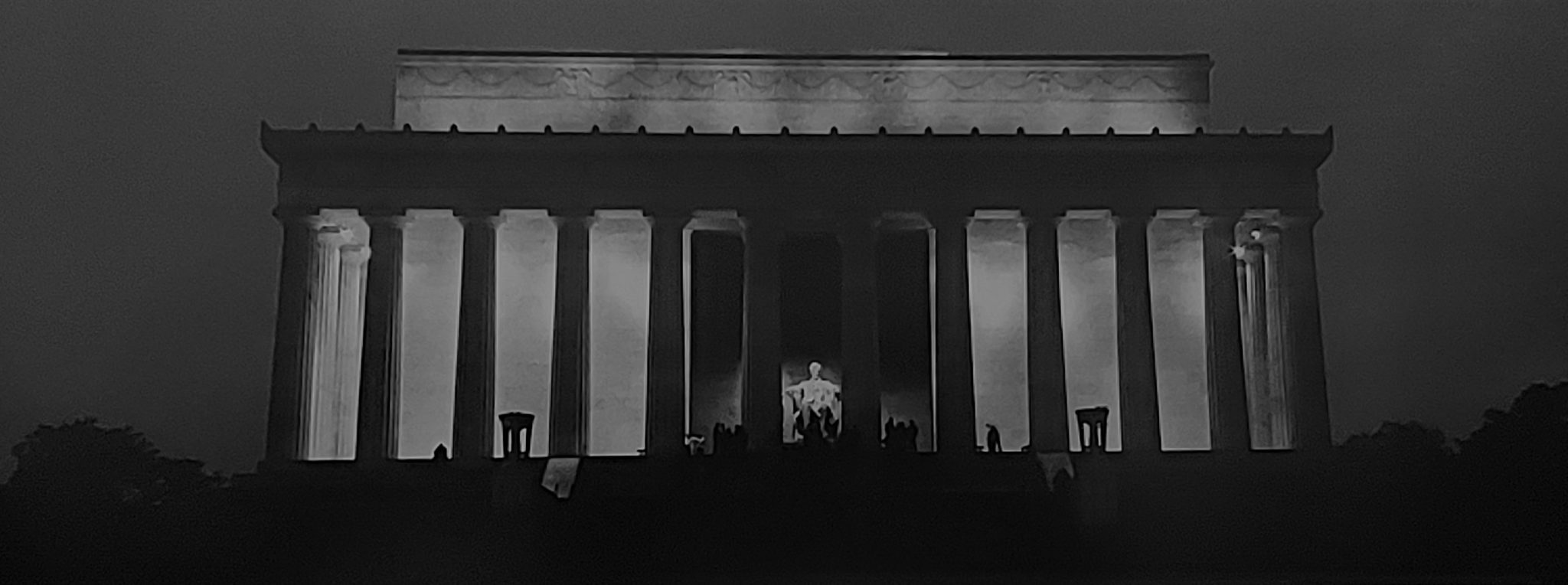200 Years Later
210 Years Later
By Ed Breen

In February of this year, we marked the 210th birthday anniversary of America’s secular saint, Abraham Lincoln, although it can be hard to separate it from the car, furniture, carpet and indoor spa sales that have somehow become barnacles on the birthday cake.
And we Hoosiers, along with the Illini to the west and the Kentuckians across the river continue to squabble over who made the man who saved the United States. I once put together a panel program to answer the absurd question of whether Mr. Lincoln became Mr. Lincoln “because of” or “in spite of” his rural Midwestern beginnings. And one of the real irritations in my life is that Indiana, Illinois and Kentucky continue this divisive born-here- grew-up-there quibbling rather than harmonizing on the riff that we all are in and of Lincoln country.
Imagine the tourist dollars rolling in from a cooperative tour of Lincoln Land that began in Hardin County then on to Spencer County and over to the banks of the Sangamon River. And, no, you do not need a passport.
Not everyone agrees even on the merits of Mr. Lincoln himself. I once knew a fellow who was a serious Lincoln scholar who, deep in in soul, believed that – his words – “assassination was a good career move for him.” A harsh judgment but probably more correct than most of us like to think. He won the war but could he have won the peace? Don’t know. Never will. And, in many ways, we aren’t there yet, are we?
But there are those who point out that prior to the Civil War, we spoke of “The United States are . . .” and only after the war did it become “The United States is . . .” Mission accomplished. Millions of gallons of blood shed, but he held the place together.
And he continues to fascinate. Someone did the research and found that more books have been written about Abraham Lincoln than any other person except Jesus Christ. But to get a sense of Mr. Lincoln deep in your soul, in your gut, you need to visit the Lincoln Memorial at the far west end of the National Mall in Washington D.C.
This massive marble edifice, will be getting renewed attention in the next couple of years as it approaches its centennial: 100 years since it was completed and dedicated on May 30, 1922. Fifty-seven years after the death of the man it celebrates.
Glorious, somber, elegant, imposing, reverent. America’s finest tribute to one of its own. The marble statue of the seated Lincoln weighs 120 tons. Nineteen feet high, 19 feet wide. And the base on which it rests is another 55 tons. Six million visitors a year.
Accompany me, if you will, on a visit to this place. It was 30 years ago now.
It is a winter night in Washington. Fresh snow – not much by our standards — on the landscape of the Mall. It is nearly 1 o’clock in the morning, We have walked along M Street and Pennsylvania Avenue to 23rd Street and past the Watergate and across Constitution Avenue. Ahead is Independence Avenue and to our left, the Washington Monument and the great dome of the Capitol in the distance. All are bathed in flood lights.
To the right, the 87 steps leading from the reflecting pool to the Memorial and another 58 marble steps up to the cavernous interior, surrounded by the 36 Colorado marble columns, one for each state in the Union that Mr. Lincoln fought to preserve.
We are alone. No tourists. No police. No protesters. No demonstrators. Not even one of those green uniformed folks from the National Park Service in sight, although we have no doubt that they are here.
We ascend the steps and enter that enormous space. Two hundred feet wide. A hundred and thirty feet across to the other side. Banks of spotlights 60 feet above us in the ceiling are carefully directed at Daniel Chester French’s breath-taking tribute in stone. And we stand there. Transfixed. We look up at Mr. Lincoln’s marble face, which seems somehow animated, alive. Three feet, seven inches from chin to brow. Motionless.
It is, even in this most secular of cities and places, a religious experience.
Ed Breen is a retired editor of Fort Wayne’s Journal Gazette. He serves as Vice President of Friends of the Lincoln Collection of Indiana.
